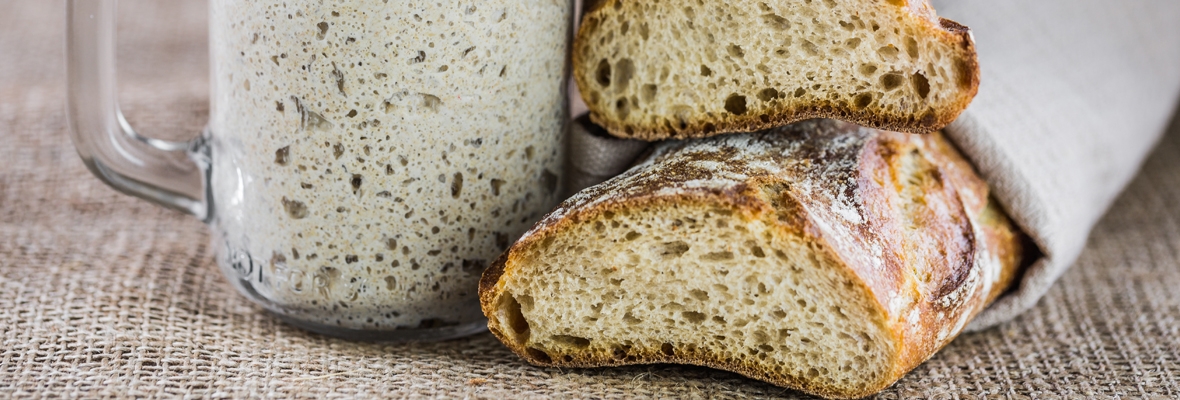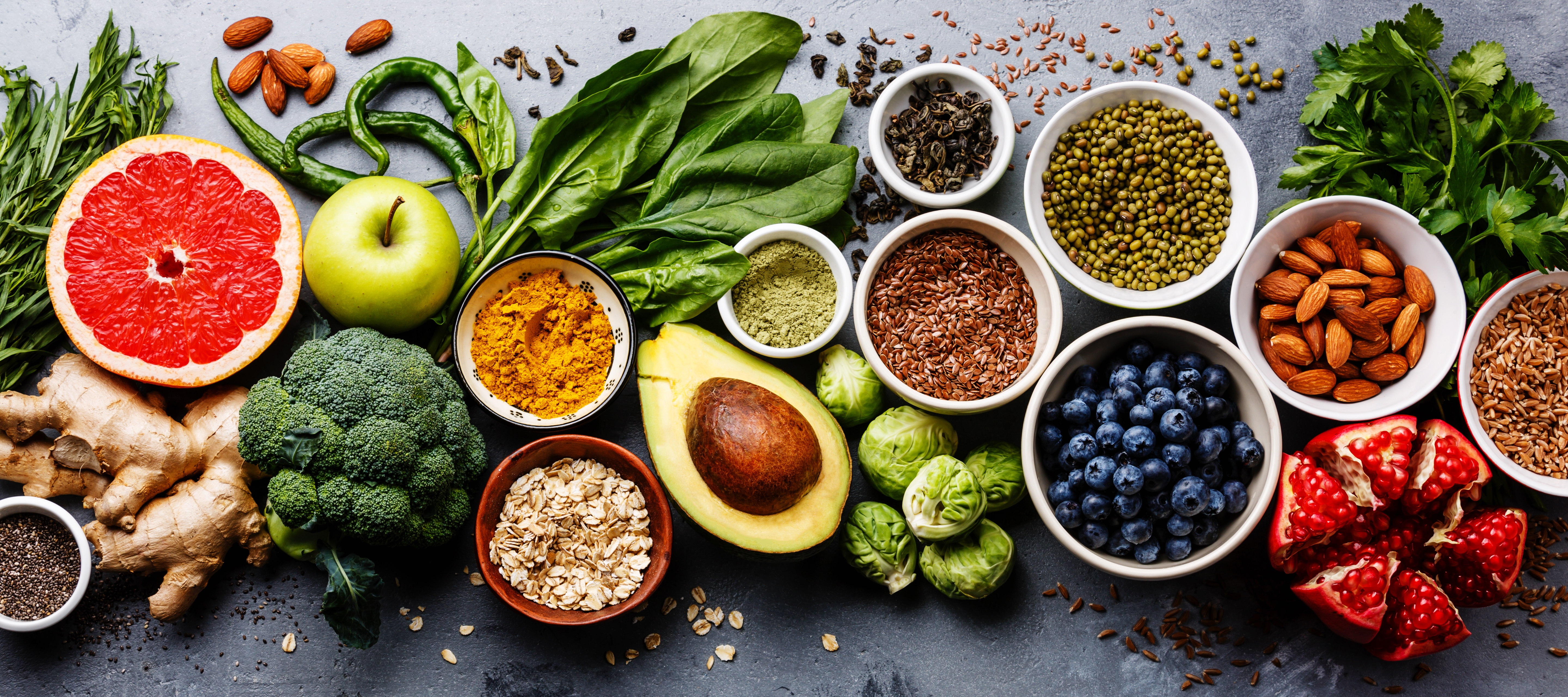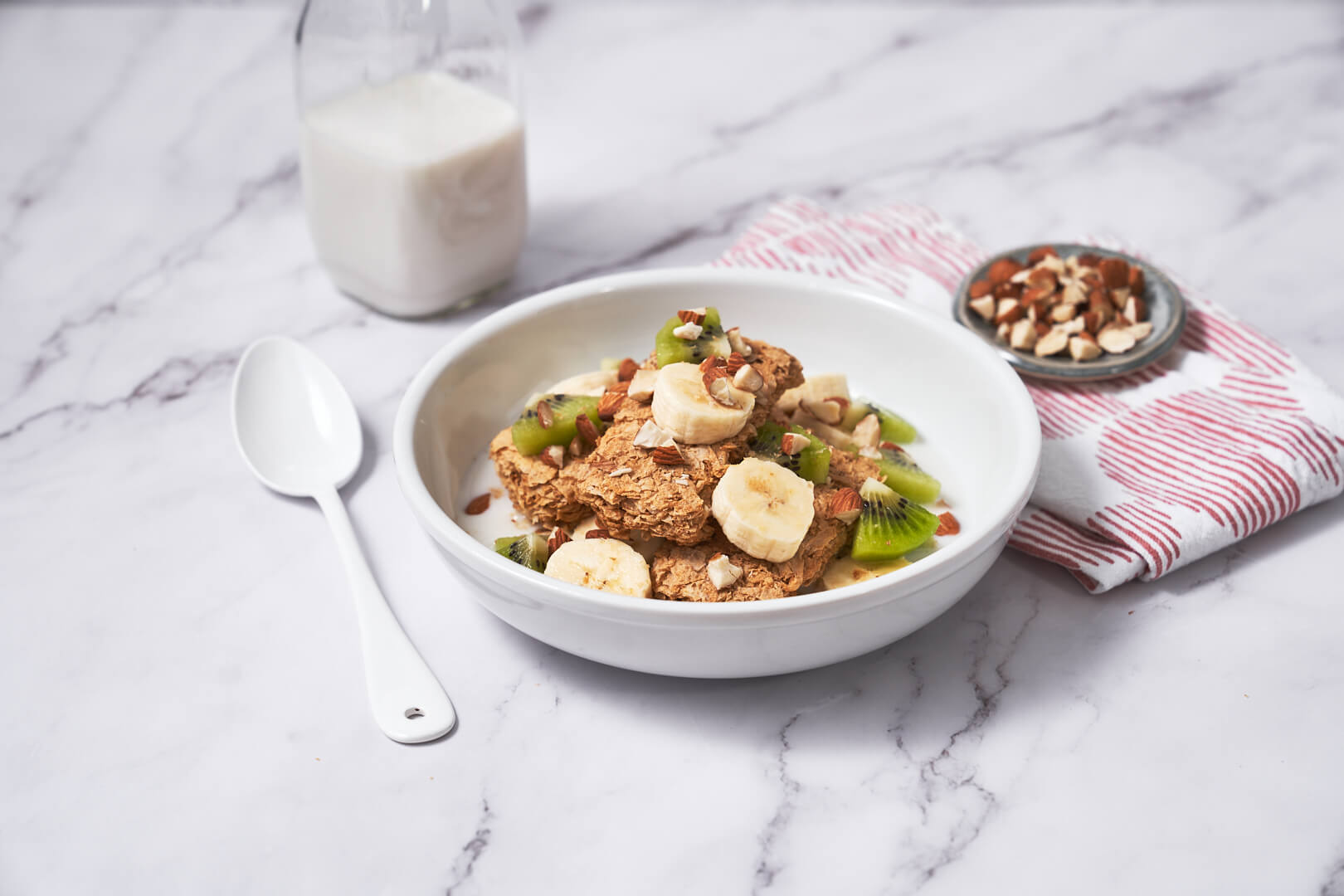
Five ways to lower the GI of your meal
Eating a diet that’s lower in GI is a great way to ensure you have long-lasting energy to get you through the day. It can also help to stop sugar cravings, maintain concentration, keep your weight in check, and balance your blood sugar levels.
A good place to start is by always including a low GI carb as part of every meal, like some grainy toast or a quinoa salad.
Here are five more tips from our dietitian Trish Guy to help lower the GI of your favourite dishes:
- The more grains the better – when it comes to choosing bread try swapping white or wholemeal for grainier varieties. Simply switching from wholemeal bread to a wholemeal and multi-grain bread with seeds will lower the GI from 70 to 39.

- Don’t overcook food – Overcooking food can cause its cell structure to break down making it quicker to digest and therefore raising its GI. As an example, spaghetti cooked for 12 minutes, or al dente, has a GI of 34, but if you keep boiling it for 20 minutes, the spaghetti will have a GI of 64.
- Embrace whole foods – Less processed foods generally have a lower GI, so add more whole foods to your plate. Fill up with vegetables, fruits, nuts, seeds, whole grains, legumes, dairy products or soy milks, eggs, and lean proteins.

- Perfect partner – It’s the mix of nutrients that determines the GI. Pairing carbs with a protein, extra fibre or healthy fats can help lower the GI of the meal. If you add a natural peanut butter to a slice of wholemeal bread it will lower the GI from 70 to 51. Simply adding milk to wheat breakfast biscuits can also lower the GI.

- Love long-grains – the type of rice you choose will impact the GI of your meal. Try long-grain rice, like Basmati, which has a lower GI than short or medium-grain varieties. Less processed rice varieties like brown, black, red or wild varieties generally also have a lower GI.
For information on diabetes, check out our nutrition fact sheets created by our expert dietitians. If you have any questions about switching to a low GI diet, talk with your healthcare professional or a qualified dietitian.
More in

The latest nutrition advice, plus health and wellness tips delivered to your inbox monthly
.jpg?width=638&height=290&format=jpg&quality=95)
.png?width=684&height=290&format=png&quality=95)